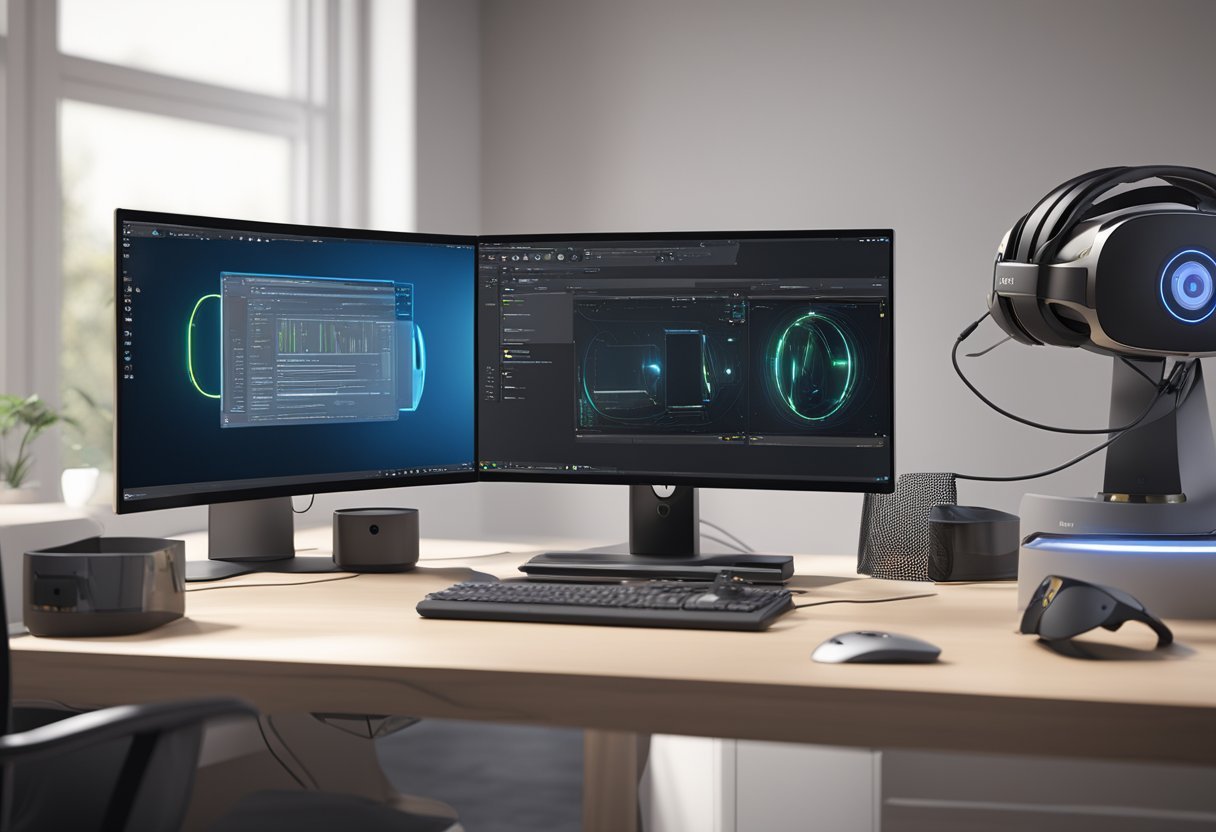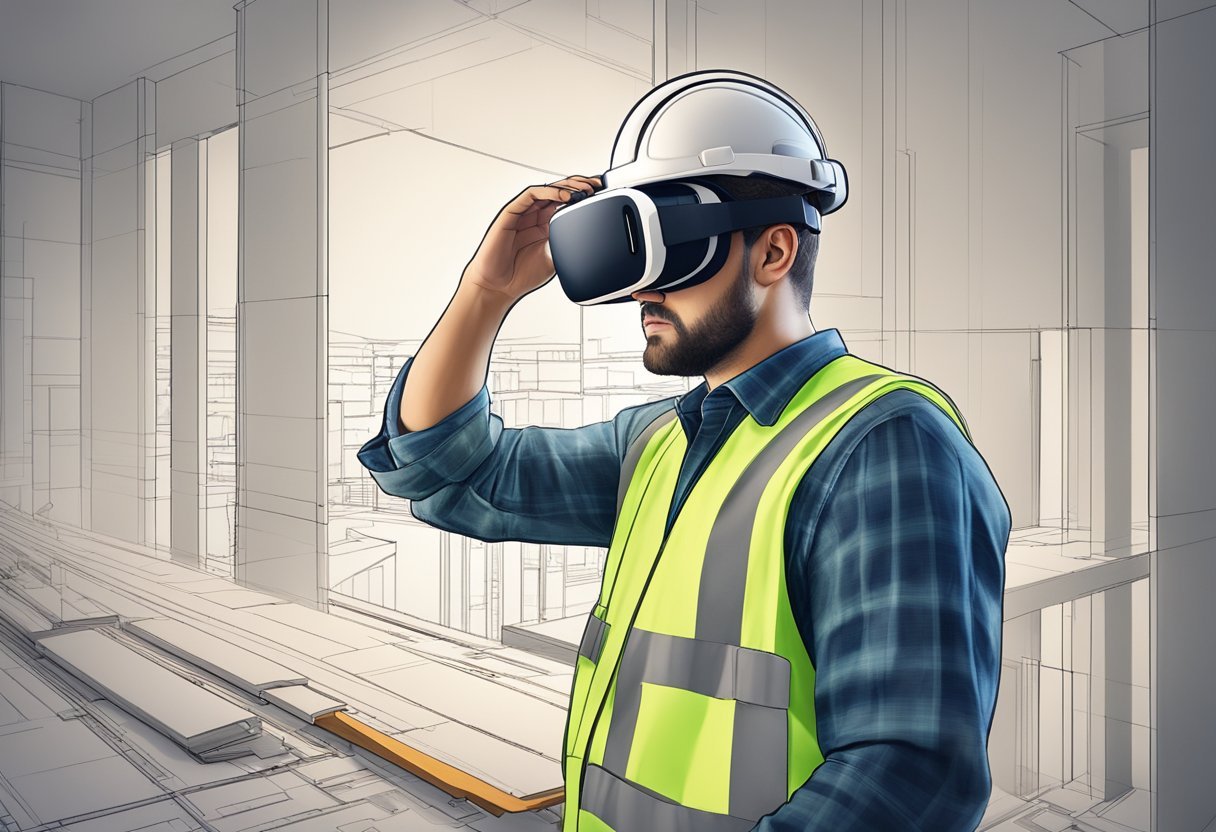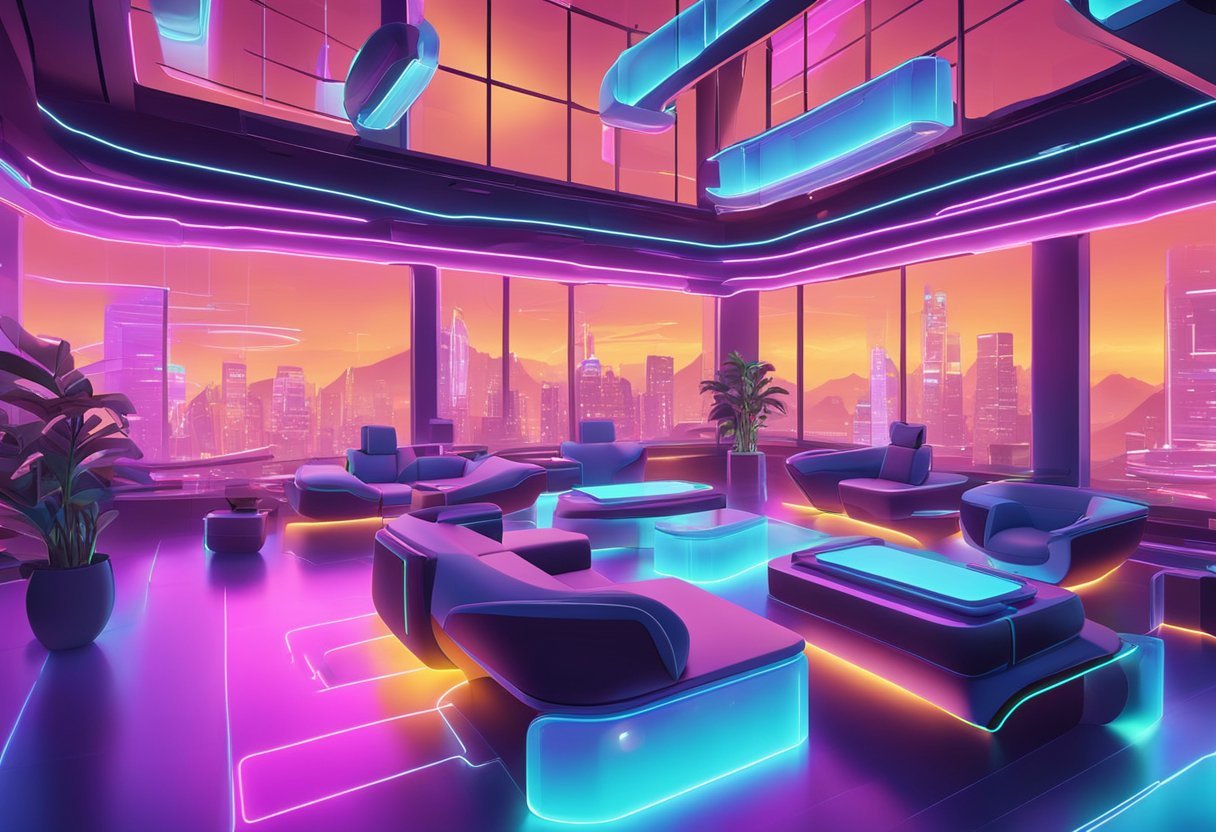Virtual reality (VR) is a rapidly growing industry that has completely revolutionized the gaming industry. With the advent of Unreal Engine 5 (UE5), creating VR games has become easier than ever before. UE5 is a powerful game engine that provides developers with the tools they need to create immersive and engaging VR experiences. In this article, you willl learn how to make a VR game in Unreal Engine 5. We will cover everything from setting up the development environment to creating a basic VR game. By the end of this article, readers will have a solid understanding of the VR development process and the tools they need to create their own VR games in UE5.
To make a VR game in UE5, developers need to have a basic understanding of VR development and the Unreal Engine. VR development involves creating a virtual environment that users can interact with using a VR headset. The Unreal Engine is a game engine that provides developers with tools to create games for various platforms, including VR. With UE5, developers can create stunning and realistic virtual environments that are designed to be experienced in VR.
Setting Up the Development Environment
Installing Unreal Engine 5
Before getting started with creating a VR game in Unreal Engine 5, it is necessary to install the engine on the development machine.
The installation process is straightforward, and it can be done by downloading the installer from the official Unreal Engine website. Once the installer is downloaded, run it and follow the instructions provided on the screen.
Configuring VR Plugins
After installing Unreal Engine 5, it is essential to configure the VR plugins to enable the development of VR games. The engine supports multiple VR platforms, including OpenXR, Steam VR, HTC Vive, and Oculus Quest.
To configure the VR plugins, go to the Edit menu, select Plugins, and then navigate to the Virtual Reality section. From there, select the VR platform that you want to use and enable it.
Understanding XR Development
XR Development is a crucial aspect of creating VR games in Unreal Engine 5. XR Development refers to the process of developing VR and AR applications using the OpenXR framework. The VR Template in Unreal Engine 5 uses the OpenXR framework, which is a multi-company standard for VR and AR development.
Before using the VR Template, it is essential to ensure that the device is set up correctly for development in Unreal Engine. The documentation in XR Development for the device can provide guidance on how to set up the device correctly.
To set up the development environment for creating VR games in Unreal Engine 5, it is necessary to install the engine, configure the VR plugins, and understand XR Development. By following these steps, developers can create immersive VR experiences using the latest Unreal Engine 5 technology.
Designing a VR Game
Creating a Game Concept
Before starting to design a VR game, it is important to have a clear game concept in mind. The game concept should include the genre, story, setting, and target audience of the game. It is also important to consider the limitations and possibilities of VR technology and how it can enhance the game experience.
Selecting VR Templates
Unreal Engine 5 provides a variety of VR templates that can be used as a starting point for designing a VR game. These templates include VR Blueprint, VR C++ Template, and VR Pawn Template. The VR Blueprint template is recommended for beginners as it provides a simple and easy-to-use interface for designing VR experiences.
The VR C++ template is recommended for advanced users who want to create custom VR experiences using C++ code. The VR Pawn template is recommended for users who want to create custom VR experiences using Blueprints.
Designing for VR Interactivity
Designing for VR interactivity is one of the most important aspects of creating a VR game. The game should be designed in a way that allows the player to interact with the environment and objects in a natural and intuitive way.
Unreal Engine 5 provides a variety of tools and features that can be used to create interactive VR experiences, such as the VR Motion Controller Component, the VR Game Mode, and the VR Editor Mode. It is important to test the game regularly in VR to ensure that the interactivity is working as intended.
Designing a VR game requires a clear game concept, selecting the appropriate VR template, and designing for VR interactivity.
Unreal Engine 5 provides a variety of tools and features that can be used to create custom VR experiences. By following these guidelines, developers can create immersive and engaging VR games that can be enjoyed by players in the metaverse.
Building the World
When it comes to building a VR game in Unreal Engine 5, one of the most important aspects is the world-building. This involves creating an immersive environment that players can interact with. In order to achieve this, developers need to utilize UE5 graphics features, implement physics and collision, and optimize the game with Nanite and Lumen.
Utilizing UE5 Graphics Features
UE5 offers a range of graphics features that can help developers create stunning, realistic environments. One of the most notable features is Nanite, which allows for the rendering of millions of polygons in real-time. This means that developers can create highly detailed environments without worrying about performance issues.
Another important graphics feature is Lumen, which provides realistic lighting and shadows. This helps to create a more immersive environment and enhances the overall player experience.
Implementing Physics and Collision
Implementing physics and collision is crucial when it comes to creating a VR game. This involves adding physics to objects in the game world, as well as setting up collision detection so that players can interact with objects in a realistic way.
UE5 provides a range of physics and collision tools that developers can use to achieve this. For example, the PhysX physics engine can be used to add realistic physics to objects, while the Collision system can be used to set up collision detection.
Optimizing with Nanite and Lumen
Finally, optimizing the game with Nanite and Lumen is essential to ensure that the game runs smoothly on a range of hardware. This involves using Nanite to render only the parts of the environment that are visible to the player, and using Lumen to dynamically adjust lighting and shadows based on the player’s position.
By utilizing UE5 graphics features, implementing physics and collision, and optimizing with Nanite and Lumen, developers can create immersive and engaging worlds that players will love to explore.
Developing VR Gameplay Mechanics
Developing VR gameplay mechanics in Unreal Engine 5 requires a good understanding of VR concepts and Unreal Engine 5’s capabilities. In this section, we will discuss how to implement locomotion systems, handle object interaction, and incorporate motion controllers to create immersive VR gameplay.
Implementing Locomotion Systems
Locomotion is a critical part of VR gameplay, and Unreal Engine 5 provides several ways to implement it. One of the most popular ways is teleportation. Teleportation allows the player to move around the game world by selecting a location and instantly teleporting to it. To implement teleportation, developers can use the “Teleport” Blueprint node, which is included in the VR Template.
Another way to implement locomotion is through smooth movement. Smooth movement allows the player to move around the game world by using the thumbstick on the motion controller. To implement smooth movement, developers can use the “Add Movement Input” Blueprint node, which is also included in the VR Template.
Handling Object Interaction
Object interaction is another critical part of VR gameplay. Unreal Engine 5 provides several ways to handle object interaction. One way is to use the “Grab” Blueprint node, which allows the player to pick up and hold objects. To use the “Grab” node, developers need to map the “Grip Button” on the motion controller to the “Grab” event in the Blueprint.
Another way to handle object interaction is through collision detection. Developers can use collision detection to detect when the player’s hand collides with an object and then trigger an event in the Blueprint. For example, when the player’s hand collides with a door, the door can open.
Incorporating Motion Controllers
Motion controllers are an essential part of VR gameplay and allow players to interact with the game world in a more immersive way. Unreal Engine 5 provides built-in support for motion controllers, making it easy to incorporate them into VR gameplay.
To incorporate motion controllers, developers need to create a Pawn that supports motion controllers. The Pawn should have a tick function that updates the motion controller’s position and rotation every frame. Developers can then use the motion controller’s position and rotation to interact with the game world.
Developing VR gameplay mechanics in Unreal Engine 5 requires a good understanding of VR concepts and Unreal Engine 5’s capabilities. Implementing locomotion systems, handling object interaction, and incorporating motion controllers are essential parts of creating immersive VR gameplay.
By following the steps outlined in this section, developers can create engaging and immersive VR experiences in Unreal Engine 5.
Testing and Iterating
Testing and iterating are essential steps in the development of any VR game. It ensures that the game is functioning correctly, is immersive, and meets the player’s expectations. In this section, we will discuss the different steps involved in testing and iterating a VR game.
Debugging in VR
Debugging in VR can be challenging, but it is essential to ensure that the game is functioning correctly. One way to debug in VR is to use the built-in VR debugging tools in Unreal Engine 5. These tools allow developers to see the game from the player’s perspective and identify any issues that may be affecting the gameplay.
Conducting Playtests
Conducting playtests is an essential step in testing and iterating a VR game. Playtests can help developers identify any issues that players may be experiencing and gather feedback on the game’s overall design. Developers can conduct playtests with friends, family, or even hire playtesters to get a broader range of feedback.
Polishing and Optimization
Polishing and optimization are essential steps in ensuring that the game runs smoothly and meets the player’s expectations.
Developers can use tools like Snap to optimize the game’s performance and ensure that it is running at the desired frame rate. Developers can use free tutorials available online to learn how to optimize the game’s graphics and overall performance.
Testing and iterating are essential steps in the development of any VR game. Developers must debug the game in VR, conduct playtests to gather feedback, and optimize the game’s performance to ensure that it meets the player’s expectations. With the right tools and resources, developers can create immersive and engaging VR games that players will love.
Frequently Asked Questions
Can Unreal Engine 5 make VR games?
Yes, Unreal Engine 5 is capable of making VR games. It offers a wide range of tools and features that can be used to develop immersive VR experiences.
How do I enable VR preview for my project in Unreal Engine 5?
To enable VR preview for your project in Unreal Engine 5, you need to first ensure that your VR headset is connected and set up properly. Then, you can go to the Editor Preferences and select the VR tab. From there, you can enable VR preview and choose your preferred VR device.
Can I make a game in Unreal Engine 5?
Yes, you can make a game in Unreal Engine 5. It is a powerful game development engine that offers a wide range of tools and features to create games of all genres.
Is it hard to make a VR game?
Making a VR game can be challenging, but it is not necessarily harder than making a traditional game. It requires a different approach and consideration for the unique challenges of VR, such as motion sickness and user interface design.
Is VR expensive to make?
The cost of making a VR game can vary depending on various factors, such as the scope of the project, the team size, and the level of complexity. However, it is generally more expensive than making a traditional game due to the additional hardware and software requirements.
Is coding for VR difficult?
Coding for VR can be challenging, but it is not necessarily more difficult than coding for traditional games. It requires a different approach and consideration for the unique challenges of VR, such as performance optimization and input handling.
What are most VR games coded in?
Most VR games are coded in game engines such as Unreal Engine and Unity, which offer a wide range of tools and features specifically designed for VR development.
How much does it cost to make a VR game?
The cost of making a VR game can vary widely depending on various factors such as the scope of the project, the team size, and the level of complexity. However, it is generally more expensive than making a traditional game due to the additional hardware and software requirements.
Can you make a VR game without coding?
Yes, it is possible to make a VR game without coding by using game engines such as Unreal Engine and Unity, which offer visual scripting tools that allow developers to create games without writing code. However, some level of coding knowledge may be required for more complex projects.




